Tessellation Study Guide
Tessellation is a mathematical concept that involves covering a surface with a pattern of shapes without any overlaps or gaps. The most common tessellations use regular polygons such as triangles, squares, and hexagons. These shapes can be arranged in various ways to create interesting and visually appealing patterns.
Types of Tessellations
There are three types of tessellations based on the arrangement of shapes:
- Regular Tessellations: These tessellations use only one type of regular polygon and have the same pattern at each vertex.
- Semiregular Tessellations: These tessellations use two or more types of regular polygons and have the same pattern at each vertex.
- Irregular Tessellations: These tessellations use irregular shapes to cover a surface without any overlaps or gaps.
Tessellation in Art and Architecture
Tessellation has been used in art and architecture for centuries. Artists and architects use tessellations to create visually stunning designs and structures. One of the most famous examples of tessellation in art is the work of M.C. Escher, who created intricate tessellations with complex patterns and themes.
Study Tips for Tessellation
Here are some tips for studying tessellation:
- Practice creating tessellations using paper and pencil. Start with simple shapes and gradually move on to more complex patterns.
- Explore the work of artists and architects who have used tessellation in their creations. Analyze their designs and patterns to gain a deeper understanding of tessellation.
- Use online resources and interactive tools to explore different types of tessellations and experiment with various shapes and arrangements.
- Understand the mathematical concepts behind tessellation, including angles, symmetry, and congruence.
Summary
Tessellation is a fascinating mathematical concept that involves covering a surface with a pattern of shapes without any overlaps or gaps. By understanding the different types of tessellations and exploring their use in art and architecture, you can develop a deeper appreciation for this mathematical concept.
[Tessellation] Related Worksheets and Study Guides:
.◂Math Worksheets and Study Guides Eighth Grade. Three dimensional geometry/Measurement
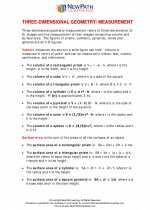
 Worksheet/Answer key
Worksheet/Answer key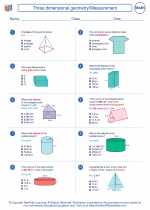
 Worksheet/Answer key
Worksheet/Answer key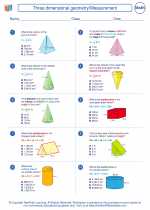
 Worksheet/Answer key
Worksheet/Answer key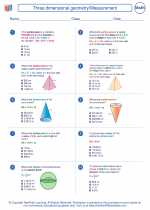
 Worksheet/Answer key
Worksheet/Answer key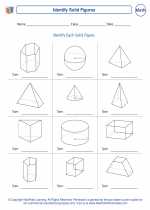
 Worksheet/Answer key
Worksheet/Answer key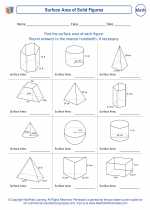
 Worksheet/Answer key
Worksheet/Answer key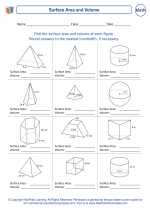
 Worksheet/Answer key
Worksheet/Answer key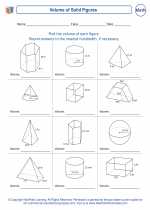
 Worksheet/Answer key
Worksheet/Answer key
 Worksheet/Answer key
Worksheet/Answer key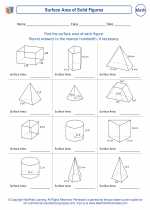
 Worksheet/Answer key
Worksheet/Answer key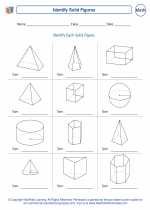
 Worksheet/Answer key
Worksheet/Answer key
